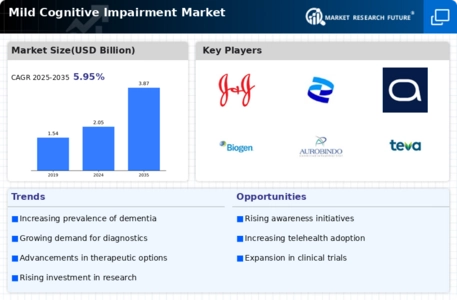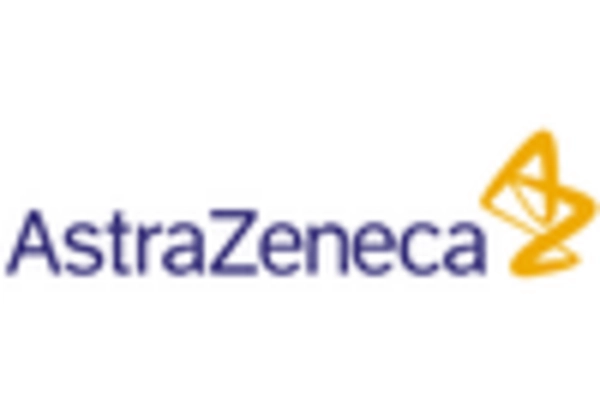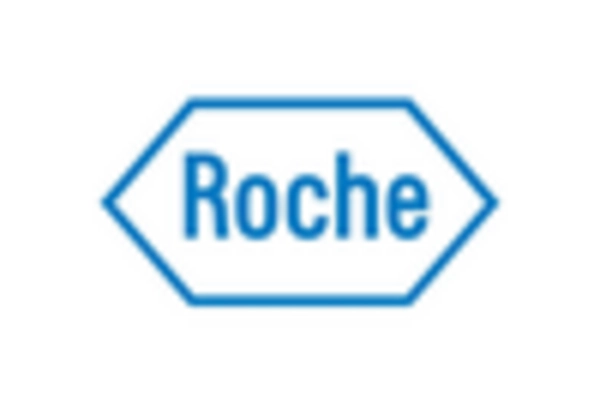Market Analysis
In-depth Analysis of Mild Cognitive Impairment Market Industry Landscape
The world's aging population has a big effect on the growth of MCI's business. Minor cognitive disability is going up because more people are living longer. So, we need tools for diagnosis, treatments, and support services.
Changes in the market and early detection of mild cognitive impairment are connected. Diagnostic tools and methods allow for early identification. If mild cognitive impairment (MCI) is found early, steps can be taken right away to slow down cognitive decline and improve health.
Biomarkers are very important for diagnosing MCI. Finding and confirming biomarkers like amyloid-beta and tau proteins could change the market by making it easier to diagnose and keep an eye on people with mild cognitive impairment, especially in clinical studies and study. Pharmaceutical research and development has an effect on how the MCI market works. Companies make drugs that stop or slow down neurotoxicity and cognitive decline so that cognitive impairment doesn't get worse. This is to find cures. Education for patients and caregivers has an effect on the field. Educational classes can help people make better decisions, be more aware, and follow through with their treatment. This is very important because it can be hard to understand and deal with mild cognitive decline. The MCI market is changing because of cognitive testing tool technology. Virtual exams, cognitive tests, and digital platforms driven by AI all make diagnostics faster and easier to get, so problems can be found and treated earlier. The prices of healthcare and caregiving for people with moderate cognitive impairment change the way markets work. Market trends are being changed by people who are trying to find MCI treatments and strategies that are both successful and low-cost. Patients with mild cognitive impairment are being used as major subjects in more and more clinical studies. This means including patients' thoughts, opinions, and activities in the planning of clinical trials. This shows that the market is changing toward research that is more open and focused on patients. Market patterns are being changed by programs that aim to stop cognitive decline and improve brain health. These projects are getting bigger. These efforts aim to improve the protection and treatment of mild cognitive decline by focusing on changes to living, managing risk factors, and events in the community. The business of helping people with mild cognitive decline is expected to grow as new technologies come out. In the future, there may be digital health solutions for constant tracking, focused drugs based on personalized risk profiles, and better diagnosis criteria. As science and understanding grow, the market for mild cognitive impairment treatment and control will change.

















Leave a Comment